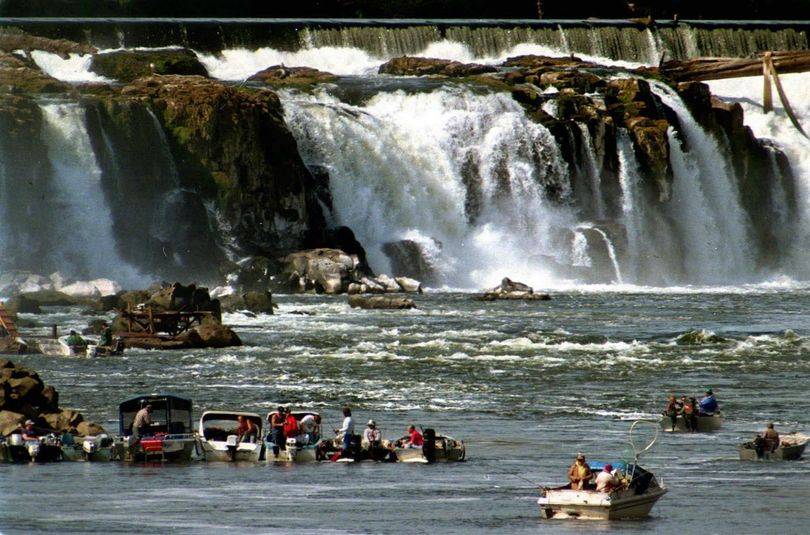Sea lions forcing Willamette steelhead to brink of extinction, officials say

FISHING -- California sea lions feeding below Willamette Falls could push the river's winter steelhead to the brink of extinction, Oregon officials said Monday.
The state Department of Fish and Wildlife highlighted the threat in a population feasibility study, reports Oregonian/OregonLive. Without federal intervention, they said, there’s an 89 percent probability that least one population of the iconic fish species will go extinct in the near future.
Authorities believe sea lions have consumed one-quarter of the 2017 steelhead run.
Here's more from the Associated Press:
“It’s pretty dire,” Shaun Clements, the agency’s senior fish policy adviser said in an interview from a Clackamas County park just down river from the state’s largest waterfall, where sea lions have been setting up shop around the time the trout try to make their trek to spawning grounds up river. “If we don’t deal with this near-term risk, there might not be fish,” he said.
The state’s report comes as two Pacific Northwest congressional leaders are trying to give Oregon and Washington broader authority to kill sea lions at Bonneville Dam on the Columbia River. The bill would also apply to the sea lion logjam at Willamette Falls in Oregon City.
For years, lawmakers have pushed for more latitude to intervene at Bonneville and prevent sea lions from eating spring Chinook salmon there. But state officials say the threat to steelhead on the Willamette River now poses a much greater risk.
In 2017, just 512 native steelhead made it past Willamette Falls on their journey to spawning grounds on the North and South Santiam, Molalla and Calapooia Rivers. That’s the lowest winter steelhead run ever recorded, according to Clements.
In the early 2000s, the winter steelhead run was close to 15,000.
